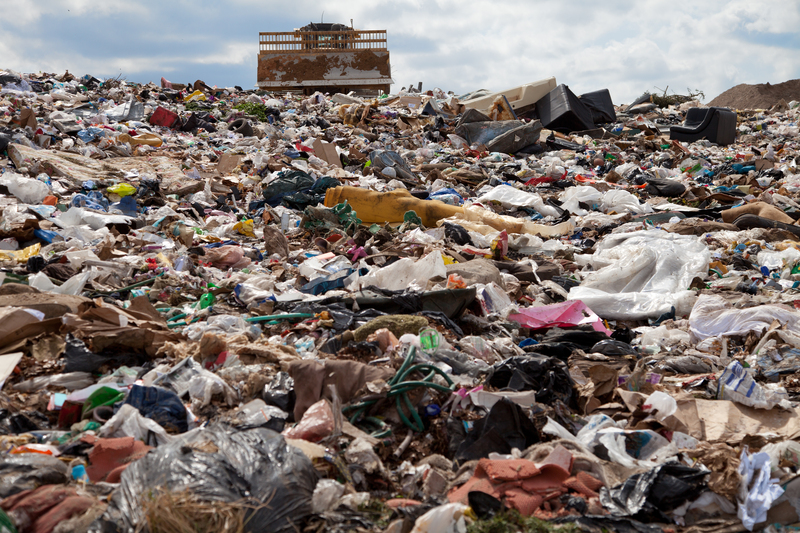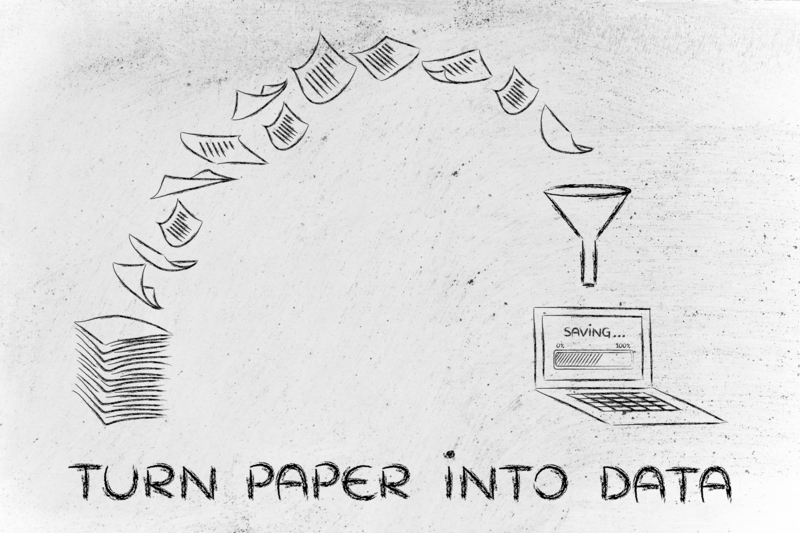Step-by-Step Guide to PPE Waste Disposal for Everyone
PPE waste disposal has become a crucial topic for communities, workplaces, and health environments worldwide. As personal protective equipment (PPE) is used more frequently in daily life--from masks and gloves to gowns and face shields--understanding the proper way to dispose of these materials is essential for public health, environmental protection, and regulatory compliance.
Understanding the Importance of Safe PPE Waste Disposal
The safe disposal of PPE waste isn't just a matter of cleanliness--it's about preventing the spread of potentially infectious materials and minimizing the environmental impact. Incorrect disposal of gloves, masks, or gowns can contribute to contamination, harm wildlife, and pollute water sources. For this reason, everyone, from individuals to large institutions, must know best practices.
- Reduces spread of infection: Proper disposal techniques help control viruses and bacteria.
- Protects the environment: Reduces pollution from plastics and hazardous chemicals.
- Maintains community health: Lessens the risk to sanitation workers and the public.

Types of PPE Waste
Before delving into disposal steps, it's important to identify PPE waste types. Each can require unique handling or disposal processes.
- Masks and respirators
- Single-use gloves
- Gowns and aprons
- Face shields and goggles
- Shoe covers and caps
While some PPE is labeled single-use, others may be reusable but eventually reach the end of their lifespan. Always treat used PPE, especially from healthcare or potentially infectious environments, as potentially contaminated.
Basic Principles of PPE Waste Disposal
The following core principles apply across most PPE waste disposal procedures:
- Segregation: Keep PPE waste separate from general waste to avoid contamination.
- Containment: Use suitable bags or bins that are leak-proof and sealable.
- Labeling: Mark containers clearly, especially for hazardous or medical PPE waste.
- Hand hygiene: Always clean your hands before and after handling PPE waste.
- Disposal according to regulations: Follow local or national guidelines strictly.
Step-by-Step Guide to Disposing PPE Waste Safely
Whether at home, in public, or in workplaces, follow these step-by-step disposal instructions for safety and compliance:
Step 1: Remove PPE Carefully
Remove PPE following correct technique to avoid self-contamination. For instance, for gloves, pinch the outside near the wrist, peel away, and pull the other glove off from the inside-out.
- Masks: Remove by ear loops, avoiding contact with the inside or outside surface.
- Gloves: Do not touch skin with the exterior of the glove.
- Reusable PPE: Place immediately in designated washing or decontamination area.
Step 2: Contain the Waste Immediately
Place used PPE into a bag or bin as soon as removed; never leave it exposed in public or communal areas.
- Household: Use a dedicated trash bag for used masks, gloves, and tissues. Avoid mixing with recyclables or regular waste.
- Healthcare or commercial: Use color-coded bags--such as yellow or red biohazard bags--as required by local protocols.
Step 3: Seal and Secure the Container
When the container is sufficiently full (approximately two-thirds), tie or seal it securely to prevent leakage or accidental opening.
- Double-bagging: Consider double-bagging PPE waste, especially if contamination risk is high.
Step 4: Label the Waste Clearly
For high-risk or medical settings, clear labeling is a must. Use 'PPE Waste' or 'Biohazard' tags to notify waste handlers of the contents.
Step 5: Dispose According to Local Regulations
Waste management rules may differ by country and city. Learn and comply with your area's PPE waste protocols.
- Households: In many places, PPE waste from ill individuals should be stored for 72 hours before adding to general waste to protect waste managers.
- Institutions and healthcare: Arrange collection by certified medical waste contractors. Never dispose of medical PPE in general municipal waste streams.
Step 6: Practice Hand Hygiene Immediately After Disposal
Always wash hands thoroughly with soap and water after handling or disposing of PPE waste. When running water is unavailable, use an alcohol-based sanitizer.
Additional Tips for PPE Waste Management
- Avoid littering: Never discard masks, gloves, or other PPE on streets, in parks, or public spaces. Improper disposal can lead to environmental contamination, harm animals, and create health hazards.
- Never flush PPE: PPE should not be flushed down toilets or drains; this may block plumbing and pollute waterways.
- Separate from recyclables: Used PPE is not recyclable via standard facilities--dispose of it as directed for hazardous or infectious waste.
- Educate family and coworkers: Make sure everyone is aware of the proper steps to PPE waste disposal to keep all safe.
Reducing PPE Waste Generation
While proper disposal of PPE waste is critical, reducing the volume generated is equally important for environmental sustainability.
- Use reusable PPE: Where appropriate and permitted, opt for washable masks or protective equipment to minimize waste.
- Choose quality PPE: Durable equipment may last longer, requiring fewer replacements and less disposal.
Tip: If you decide to use reusable cloth masks or face shields, always disinfect them after use to prevent infection risks.
Eco-friendly Innovations in PPE Waste Disposal
New technologies and programs are emerging for better PPE waste management:
- Specialized PPE Recycling: Some companies now accept and recycle single-use masks and gloves--consult your local recycling authority for such programs.
- Biodegradable PPE: Alternatives made from compostable materials are being developed to help reduce long-term pollution.
Risks of Improper PPE Waste Disposal
Failing to follow PPE waste disposal guidelines brings multiple hazards:
- Respiratory hazards: Discarded masks or gloves can harbor pathogens that affect waste handlers or the community.
- Environmental harm: Plastic-based PPE pollutes oceans, rivers, and wildlife habitats, taking years to degrade.
- Legal repercussions: Improper disposal can result in fines or sanctions under public health and environmental laws.
Global PPE Waste Management Regulations
PPE waste disposal regulations vary worldwide. Awareness of these laws ensures you comply and protect public health.
- United States: The CDC and EPA provide guidance for both household and medical PPE waste disposal. Employers must follow OSHA standards for hazardous waste.
- European Union: PPE must be treated as clinical waste if used in medical or potentially infectious settings, in compliance with local directives.
- Asia-Pacific: Countries such as Japan and Australia recommend special bins for PPE in public areas and urge healthcare institutions to use certified incineration or treatment services.
Frequently Asked Questions (FAQs) about PPE Waste Disposal
Q1: Can I recycle used PPE?
In most regions, used masks, gloves, and gowns are not recyclable in household or community recycling programs due to contamination risks. Specialized recycling programs may exist in some cities--check with your waste management authority for options.
Q2: What should I do if I see PPE waste littered in public?
If safe, use gloves and a litter picker to collect the item, deposit it in an appropriate bin, and wash your hands thoroughly. Report repeated littering to your local authorities.
Q3: How do I dispose of PPE if someone in my household is ill?
Double-bag the waste, seal it, and store separately from other trash for at least 72 hours before putting it out with general waste, as recommended by public health agencies in many locations.
Q4: Are cloth masks considered PPE waste?
Cloth masks are reusable. When worn out, they can be discarded as regular waste if unsoiled, or disposed of with contaminated waste if visibly soiled with biological materials.

PPE Waste Disposal for Special Environments
Workplaces and Offices
- Provide dedicated PPE bins at entrances and exits.
- Educate staff about not mixing PPE with other office waste.
- Arrange timely collection and cleaning of PPE bins.
Healthcare Facilities
- Follow medical waste protocols rigorously.
- Utilize biohazard-marked containers and certified collection services.
- Ensure all staff undergo regular PPE waste disposal training.
Public Transportation
- Install clearly labeled PPE disposal bins in high-traffic areas.
- Promote proper disposal via signage and public announcements.
Conclusion: Everyone Plays a Part in PPE Waste Disposal
Effective personal protective equipment (PPE) waste disposal is a shared responsibility for individuals, families, businesses, and institutions across the globe. Adopting correct disposal methods not only guards public health, but also protects our planet from plastic pollution and environmental hazards.
Stay informed about your local PPE waste disposal guidelines and commit to these best practices. By following this comprehensive, step-by-step guide, everyone can contribute to safer communities and a cleaner environment.
```